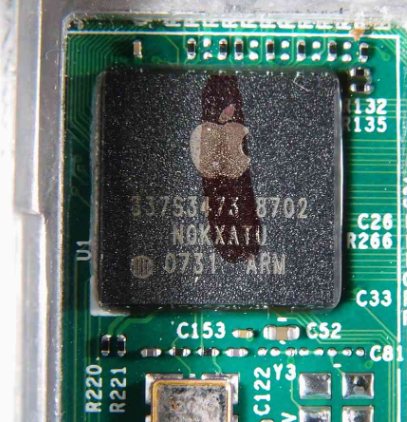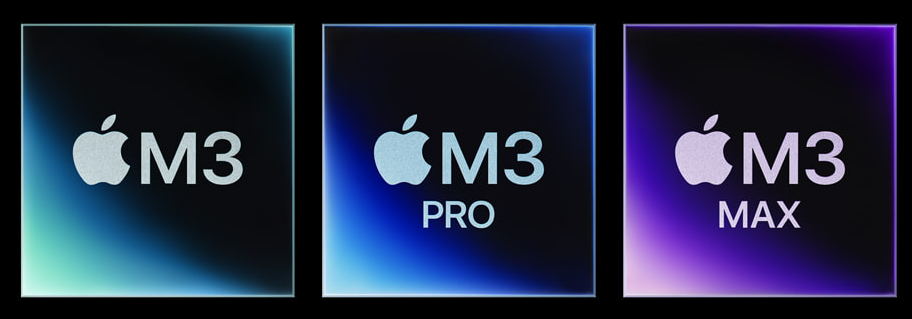- x86 and ARM processors are competing closely. Several PC and laptop companies are integrating ARM technology in their processors to make the device more efficient.
- ARM processors consume less power and generate less heat than x86, eliminating the need for coolers and fans.
- ARM works on RISC while x86 utilizes CISC instruction sets, each varying in their levels of complexity.
ARM processors were previously reserved for smartphones, but with growing advancements, they are now capable of handling PC-level tasks. While x86 and ARM processors may seem similar at the surface level, they work in different ways.
What Is ARM?
The Acorn Risc Machine (ARM) architecture is a form of Reduced Instruction Set Computing (RISC). Due to their growing success in the smartphone industry, ARM chips have expanded their application scope significantly to laptops, VR systems, and more. As of 2024, ARM relies on third-party companies like Qualcomm, Apple, and NVIDIA to use ARM technology in their trademark processors.

x86 And ARM Processors – Comparison
ARM chips have demonstrated superior efficiency and capabilities compared to conventional x86 processors. Compared to x86, ARM consumes less power ultimately leading to lower heat generation.
Gupta & Sharma (2021) compared the same concept between ARM-based Apple M1 and Intel x86. It was found that the x86 processor consumed 5W to 30W, but ARM chips only required less than 5W for the same output. Hence, you need to invest in high-quality cooling solutions for x86 chips.
Another differentiating aspect lies in the design and price point. High-end x86 processors are more expensive than ARMs, making them a less suitable choice for someone on a budget. Additionally, the compact design of ARM processors means they can be installed on a single chip, making them known for System On Chip (SoC) integration.

ARM relies on Reduced Instruction Set Computing (RISC), while x86 uses Complex Instruction Set Computing (CISC). As the name indicates, CISC offers complex instruction sets that can execute multiple tasks in one instruction.
On the other hand, RISC has fewer and less complex instruction sets, and each task requires a separate clock cycle, leading to faster execution. Consequently, it makes ARM chips lighter and less expensive than x86.
Furthermore, using ARM architecture can increase the battery timing of IoT devices by significant hours as it needs lower power and generates less heat. This is one reason why the Apple MacBook Pro Series with M1 and M2 chips claimed to have a battery life of 22 hours, and it really delivered on the company’s claim.

ARM SoCs offer a complete package, machine learning, image processing, sensor hub, security technologies, and graphics. However, Intel x86 takes a more traditional approach, providing only CPU, integrated graphics, and a few security features in its designs.
Changes I Noticed After Switching To ARM
I got an Apple MacBook Air based on M3 chip. The design is definitely more compact than previous launches, and the overall device feels lighter in weight. Additionally, as claimed by Apple, it lasted me a good 19 hours on a single charge, despite performing multitasking. The power consumption and heat generation were significantly lower as well.

As per CNBC, Apple has shifted big time to ARM technology and will be building its future products around it.
Windows On ARM
The Windows on ARM ecosystem is still undergoing significant developments but has so far succeeded in appealing to the masses. It can run core Windows programs directly on the ARM chips. Besides, the list of natively supported apps continues to grow and includes the most favorites, Netflix and Zoom.
Although, I will be eager to see how Windows moves away from the long-standing Intel x86 chips to ARM processors.
Thank you! Please share your positive feedback. 🔋
How could we improve this post? Please Help us. 😔
[Editor-in-Chief]
Sajjad Hussain is the Founder and Editor-in-Chief of old.tech4gamers.com. Apart from the Tech and Gaming scene, Sajjad is a Seasonal banker who has delivered multi-million dollar projects as an IT Project Manager and works as a freelancer to provide professional services to corporate giants and emerging startups in the IT space.
Majored in Computer Science
13+ years of Experience as a PC Hardware Reviewer.
8+ years of Experience as an IT Project Manager in the Corporate Sector.
Certified in Google IT Support Specialization.
Admin of PPG, the largest local Community of gamers with 130k+ members.
Sajjad is a passionate and knowledgeable individual with many skills and experience in the tech industry and the gaming community. He is committed to providing honest, in-depth product reviews and analysis and building and maintaining a strong gaming community.
 Threads
Threads




